Top 10 most beautiful and famous villas of Italy
(updated June 9, 2014)
1. Villa Rufolo, Ravello, Amalfi Coast, Campania
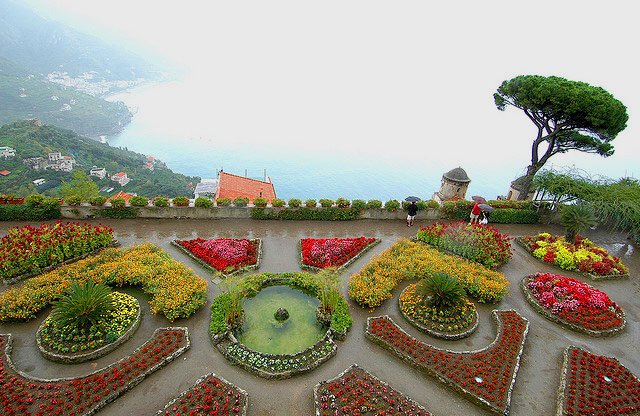
Villa Rufolo is located in the historic center of Ravello. Built in the 13th century by the wealthy Rufolo family, a member of which was cited by Boccaccio in the Decameron, the villa was also the residence of several popes as well as of Charles of Anjou. It offers a stunning panorama over the Amalfi coast and the Gulf of Salerno.
The German opera composer Richard Wagner was so moved by the beauty of the location that he imagined the setting as Klingsor’s enchanted garden in the second act of Parsifal. As a tribute to this inspiration, every year the lower garden of Villa Rufolo hosts a Wagnerian concert. Wagner said he would never have been able to complete his ultimate masterpiece had he not been inspired by its gripping beauty.
2. Villa San Michele, Capri
Villa San Michele was built at the end of the 19C by the Swedish psychiatrist and writer Axel Munthe on the ruins of the Roman Emperor Tiberius‘s villa. It is located between Capri and Anacapri, at the top of the Phoenician steps, which connect the center of Capri with that of Anacapri. The gardens offer panoramic views over Capri town and its marina and the Sorrentine peninsula.
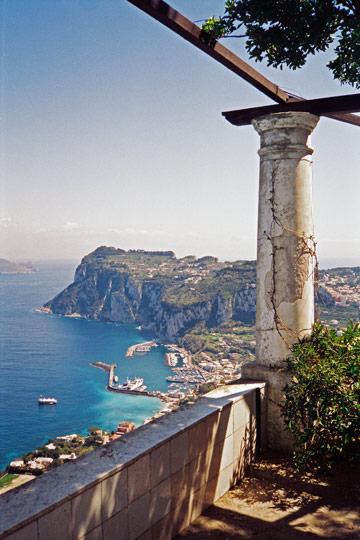
The idyllic atmosphere of the villa as well as its story are recorded in Dr. Munthe’s memoirs The Story of San Michele, published in 1929. His interweaving of the villa’s story with Italian history, mythology, and culture is beautifully reminiscent of 18th- and 19th-century travelogs.
3. Villa Cimbrone, Ravello, Amalfi Coast, Campania
Famous for its “Terrace of Infinity” (Terrazzo dell’Infinito), which offers what Gore Vidal called “the most beautiful view in the world”, Villa Cimbrone and its garden are considered one of the most representative examples of English landscape gardens in Southern Europe.
The aesthetics and harmony of the garden were a source of inspiration for the Bloomsbury Group who often gathered here. Actually, as soon as you enter the garden and walk towards the terrace along the beautiful, central alley, you get a feeling why so many authors found inspiration here.
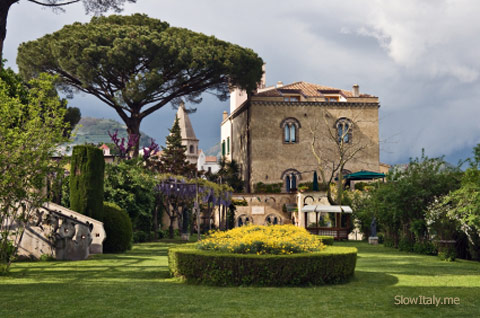
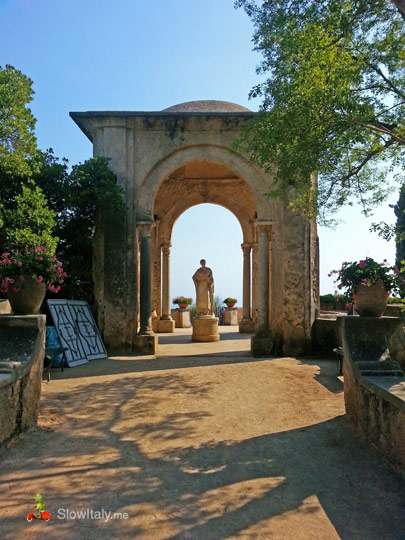
The temple of Ceres with the statue of Ceres at the end of the picturesque, central alley marks the entrance of the Terrace of the Infinite. Due to its location it also became known as la Porta del Sole (Gate of the Sun).
The villa was built at the beginning of the 19C in an eclectic style with references to Villa Rufolo and San Francesco. The property now houses a 5-star hotel.
Before leaving the property through the beautiful 16th century entrance gate, have a look on your right, at the graceful little cloister in Arabian–Sicilian– Norman style.
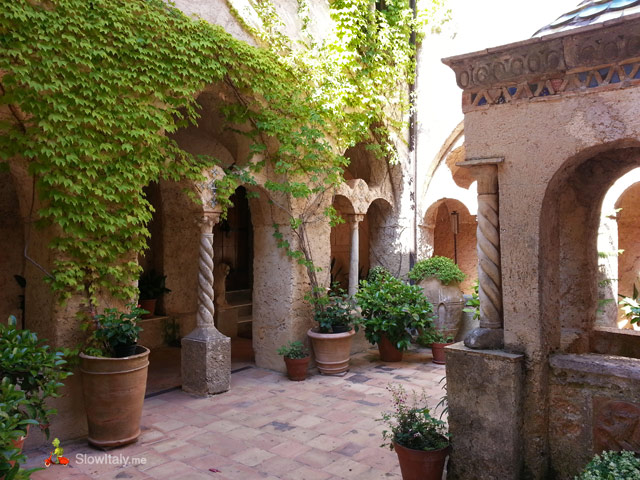
4. Villa d’Este, Tivoli, Lazio
Villa d’Este was built for the son of Lucrezia Borgia, Cardinal Ippolito II d’Este, in 1550. Its refined architecture and decoration testify of the spendors of Tivoli in the 16 and 17C. It is one of the most remarkable illustrations of Renaissance culture. The garden, with it fountains, ornamental bassins and other decorative elements, is one of the first giardini delle meraviglie, which had a profound influence on the development of garden design throughout Europe.
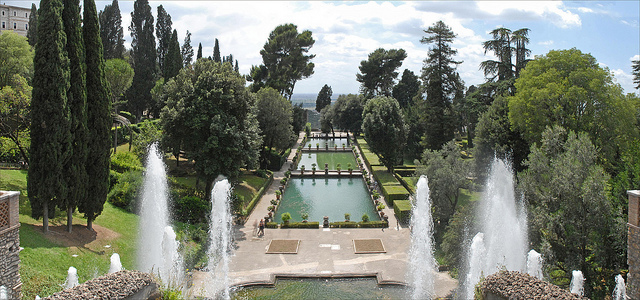
The plan of the villa is innovative and irregular in design because the architect was obliged to respect the lay-out of the previous monastic building, a Benedictine convent, on which the villa was built. The design is traditionally attributed to the Neapolitan architect Pirro Ligorio (1500-83), while the works were realized by court architect Alberto Galvani.
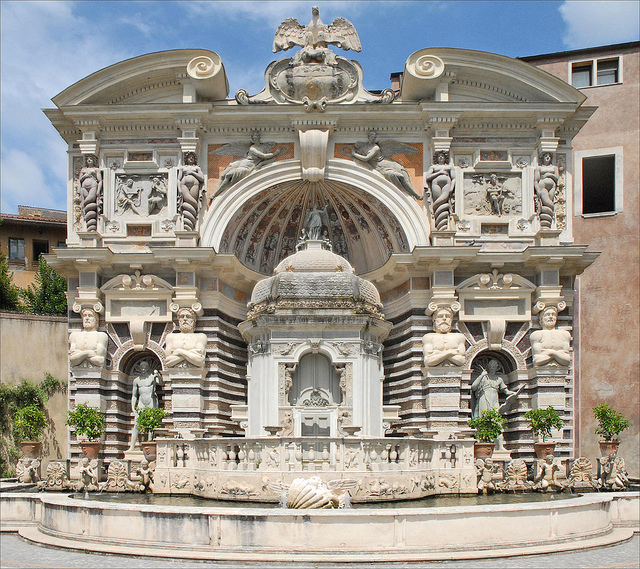
Lack of maintenance in the following centuries led to the decay of the complex, but between 1867 and 1882 the Villa once again became a cultural point of reference. The musician Franz Liszt (1811 – 1886) composed Giochi d’acqua a Villa d’Este for piano while a guest here, and gave one of his final concerts in the Villa in 1879.
In case you decide to spend a night in Tivoli, there’s a beautiful old Palazzo lovingly restored by its owner within short walking distance of Villa d’Este: Residenze Gregoriane – Residenza d’Epoca. In the center of Tivoli Antica Torre B&B offers picturesque rooms in a medieval building.
5. Villa del Balbianello, Lake Como

Villa del Balbianello is one of the most harmonious examples of a villa with garden, where the beauty lies in the overall effect rather than in each individual detail.
Situated on one of the few promontories of Lake Como the villa was built for the Milanese cardinal Angelo M. Durini who wanted an isolated site where he could receive his frivolous invitees, but also philosophers and writers.
The garden is unique in its lay-out, not following any standards of that time, because it had to be adapted to the natural setting. The villa was used as a setting in the James Bond movie Casino Royale.
Located at the end of the Bellagio promontory on Lake Como is Villa Serbelloni another beautiful villa with magnificent gardens, converted into a 5-star luxury Grand Hotel.
6. Villa Carlotta, Lake Como
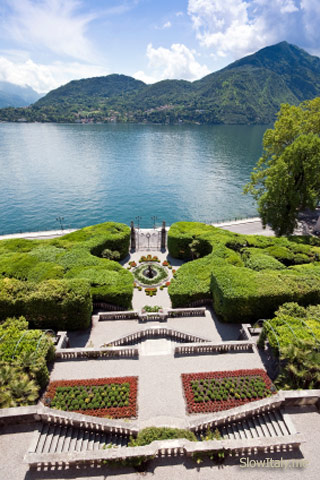
Villa Carlotta occupies an admirable site facing the Grigne Massif. It was built in the late 17th century following the canons of late Lombard Baroque. In the 19th century the residence was converted into a Neo-Classical villa.
It houses numerous statues, including a copy by Tadolini of the famous group of Cupid and Psyche by Canova, as well as paintings by Hayez and furniture by Magggiolini. The botanical garden contains over 800 different species and varieties.
7. Villa Medici at Cafaggiolo, Tuscany
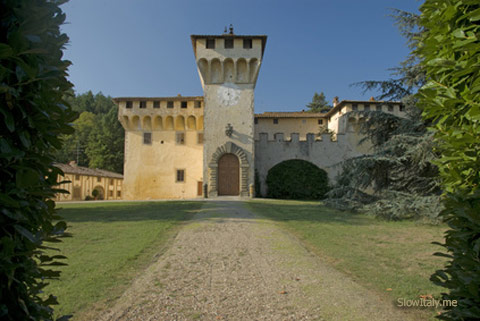
Located near the Tuscan town of Barberino di Mugello, north of Florence, the Villa Medicea di Cafaggiolo is one of the oldest and most favored of the Medici family estates, having been in the possession of the family since the 14th century.
The villa was reconstructed following designs of the eminent Renaissance architect Michelozzo in 1452, and became a meeting place for some of the greatest intellectuals of the Italian Renaissance. Although by no means the grandest or largest of the Medici’s many houses, it is situated in the region that was traditionally their homeland and they spent much of their time here. As a consequence, the villa was the scene of many major events in the history of the dynasty, ranging from the reception of Medici future brides to the murder of a Medici wife, strangled by her husband’s hands with a doglead.
8. Villa Torrigiani, Capannori (Lucca), Tuscany
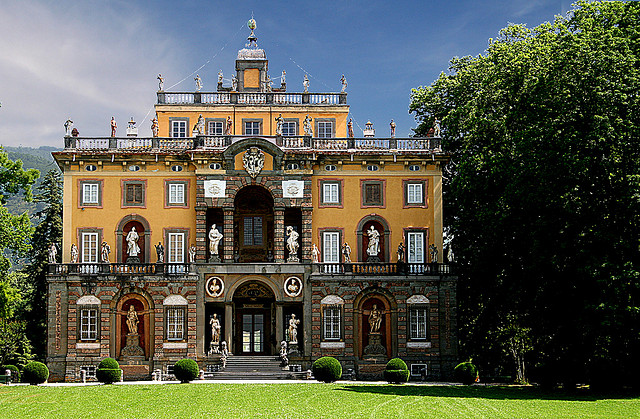
Located in the hamlet of Camigliano, this 16C villa was converted in the 17C into an elegant summer residence by Marquis Nicolao Santini, ambassador of the Lucca Republic to the Papal Court and to the Court of Louis XIV. The gardens, following the design of the gardens of Versailles by Le Nôtre, are adorned with fountains, grottoes, flowered parterres and huge pools in which the façade could be reflected. The opulent villa stands out from other villas in Lucca and in Tuscany by the multicolored, rococo facade of the main building made of different materials. The villa also contains a private theater.
9. Villa Aldobrandini
The most famous residence of the area known as Castelli Romani. The villa was constructed between 1598 and 1604 for Cardinal Pietro Aldobrandini and is a wonderful example of Mannerist architecture. The stuccoes and monumental entrance were added more than a century later. The wonderful 16th century frescoes are a remarkable example of the transition from late Mannerism to the Baroque.
10. Villa Mondragone, Castelli Romani
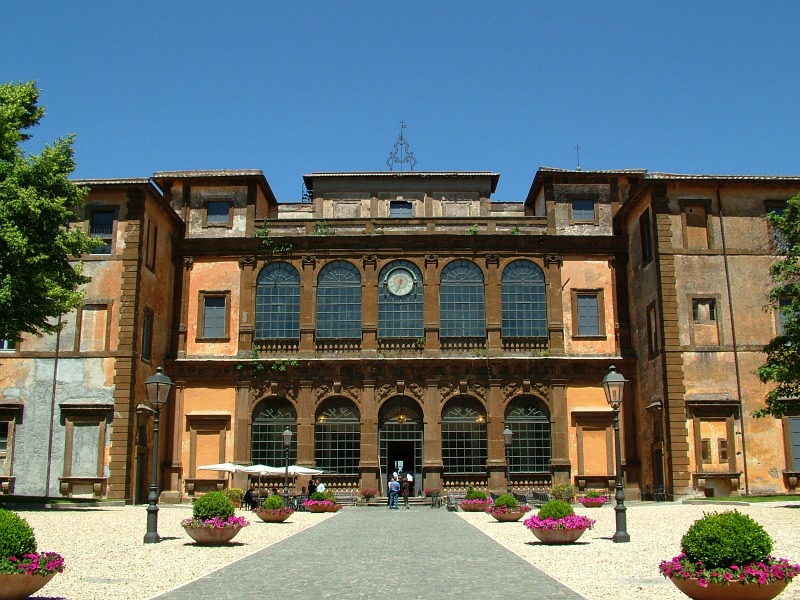
Villa Mondragone was constructed in 1573 on the site of the remains of an ancient Roman villa and was used as the papal summer residence by various Popes until Pope Urban VIII decided to leave Villa Mondragone in favor of the Papal residence of Castelgandolfo in 1626.
The villa was the seat of a number of exceptional acts and transactions. It was at the Villa Mondragone that in 1582, Pope Gregory promulgated the document (the papal bull Inter gravissimas) which initiated the reform of the calendar now in use and known as the Gregorian calendar. Villa Mondragone was at its maximum splendor during the epoch of the Borghese family who exhibited parts of their art and antiquities collections there (including the Antinous Mondragone which derives its name from the villa).
In 1858 George Sand was guest in the villa, and found there a suitable atmosphere for the setting of her novel La Daniella. In 1912 Wilfrid Michael Voynich acquired here the famous Voynich manuscript from the Order of the Jesuits, who had acquired the villa to turn it into a college. Voynich purchased 30 manuscripts, one of which was later to be known as the Voynich manuscript, though the work itself is thought to date to the early 1400s.
You might also like:
Top 12 most beautiful gardens of Italy
Top 10 Italian castles turned into hotels
Top 5 most lovely country B&Bs and Relais in Umbria
Photo credits (top to bottom): Featured image Villa Rufolo © jsk12/fotolia; Villa Rufolo by Rita Willaert; Villa Rufolo photos 2, 4, 5, 6 © Slow Italy; Villa Rufolo by Andreas Wahra; Villa Rufolo by Hank Hirshfeld; Villa San Michele by Edward Bertozzi; Overlooking the harbor of Capri by Morn the Gorn; Villa d’Este Tivoli by sgatto; Villa d’Este (2 & 3) by dalbera; Villa del Balbianello © KenWiedemann/Istockphoto; Villa del Balbianello view from the lake by Dominique Bergeron; Villa del Balbianello by Fran; Villa del Balbianello flowers by Kat; Villa Carlotta © Brett Charlton/Istockphoto; Villa Carlotta by bestfor/Richard; Villa Cimbrone by vpzone; Villa Cimbrone photos 2, 3, 4, 5, 7, 8, 9, 10, 11 © Slow Italy; Villa Cimbrone © Karambol/Istockphoto; Villa Medici at Cafaggiolo © maurosessanta/Fotolia.com; Villa Torrigiani by mirod; Villa Aldobrandini by Jordi Chueca; Villa Mondragone by

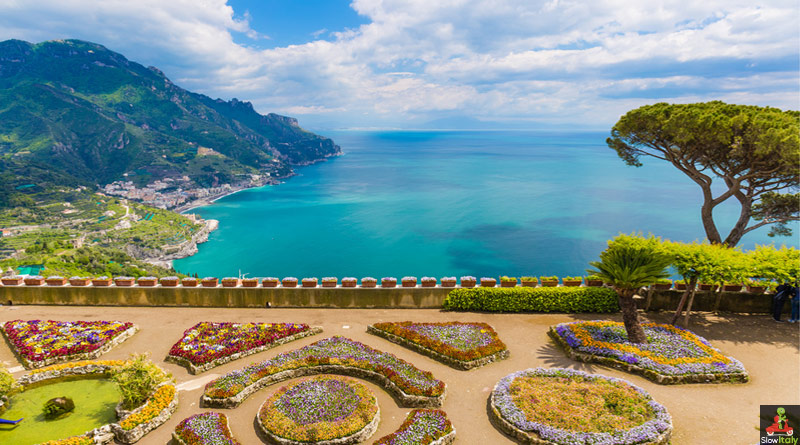
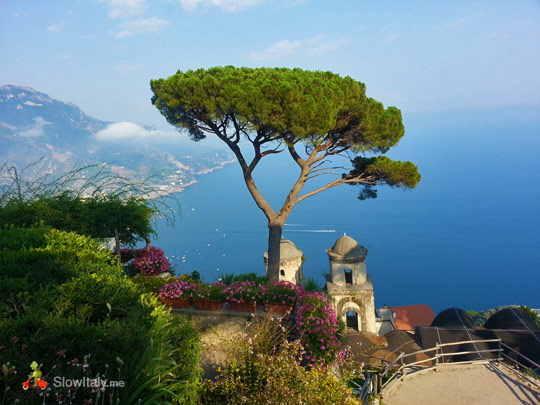
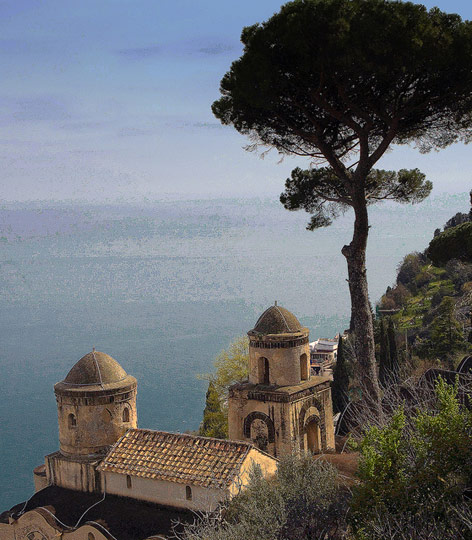
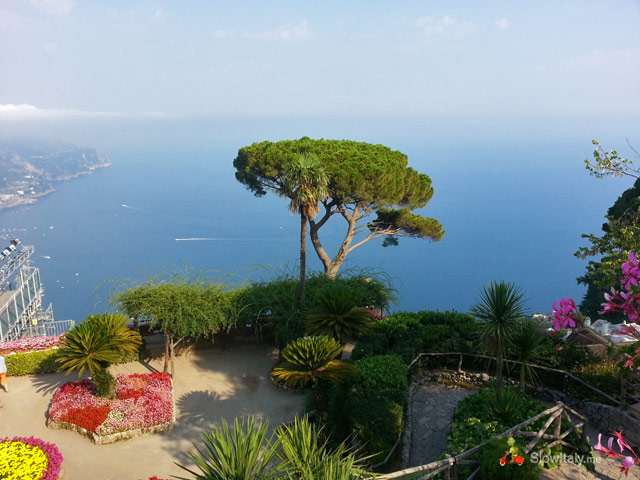

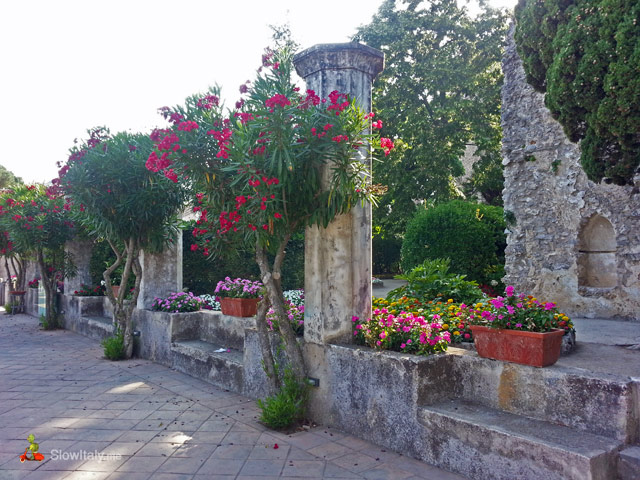
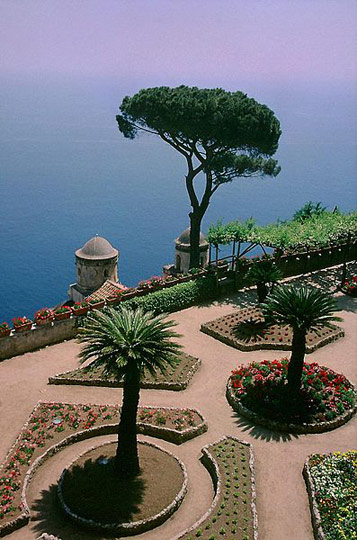
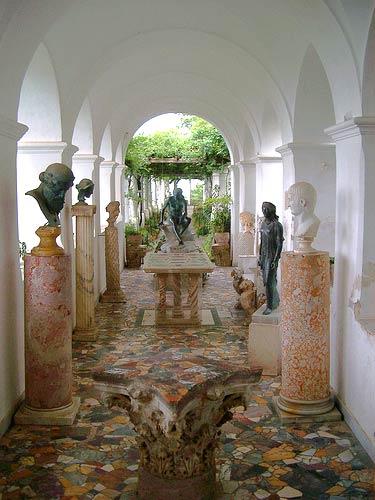
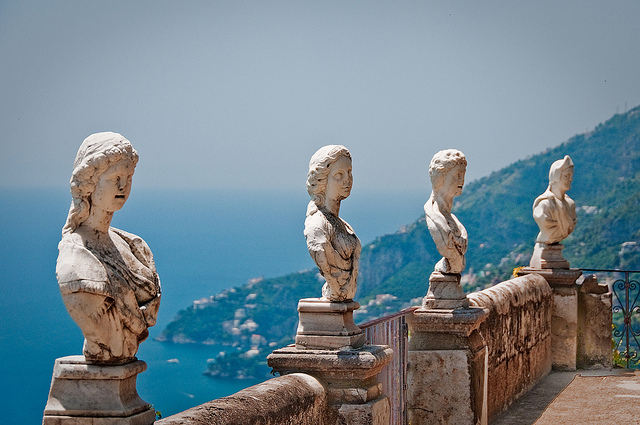
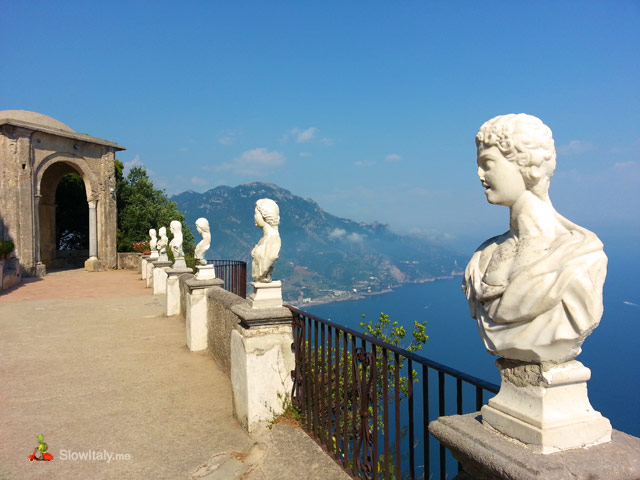

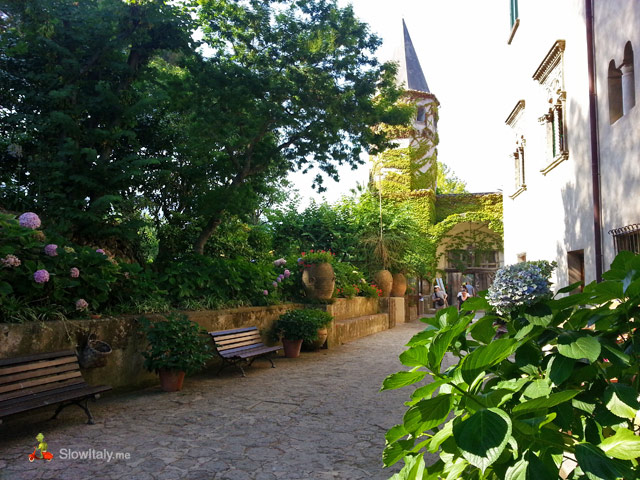
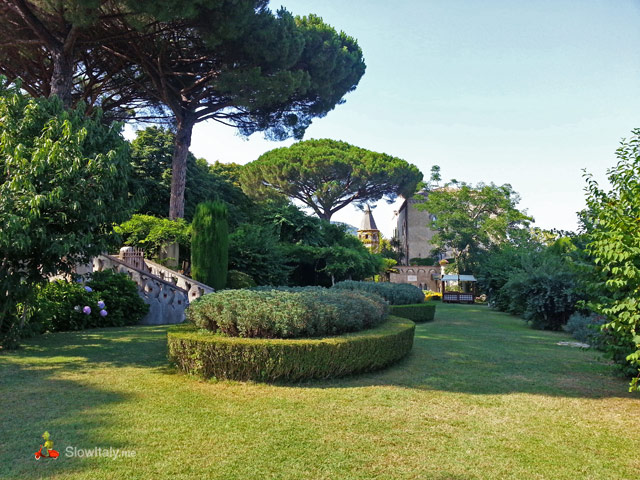
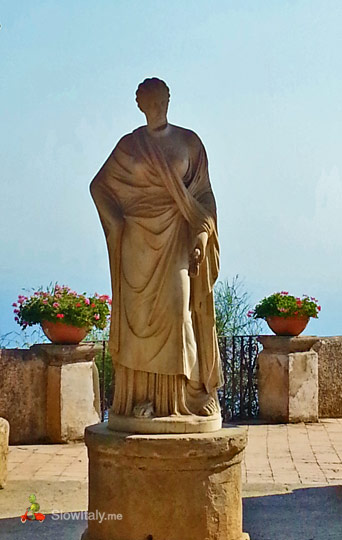
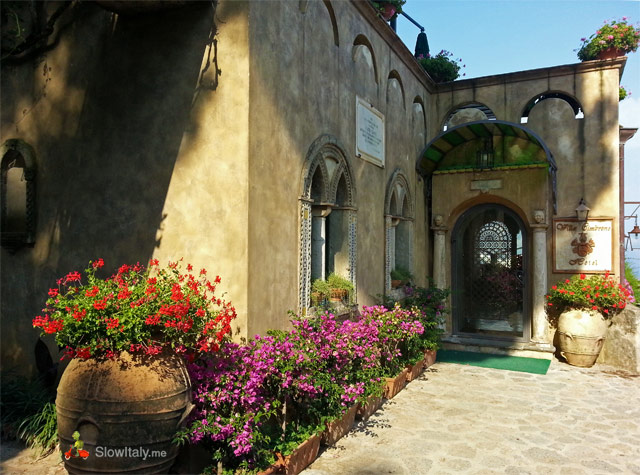
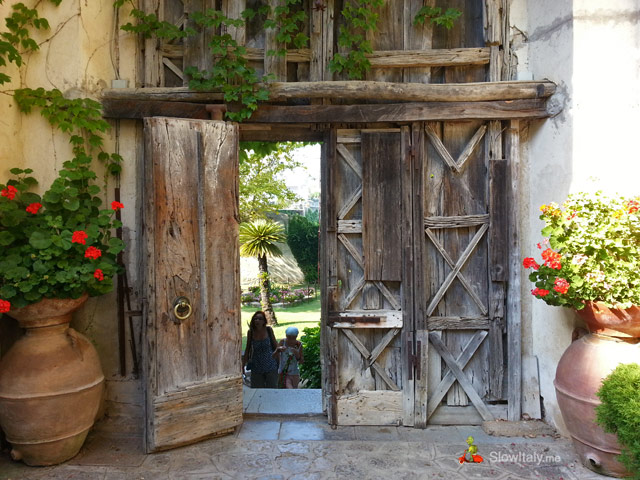
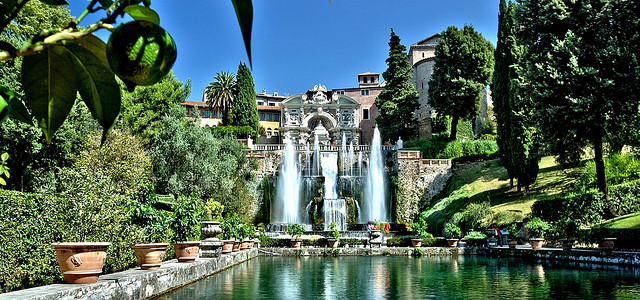
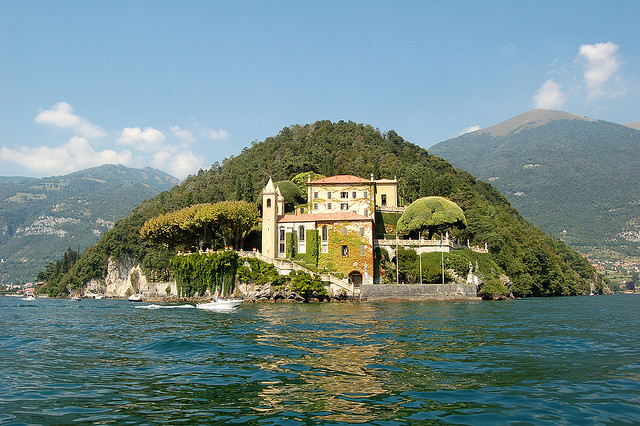
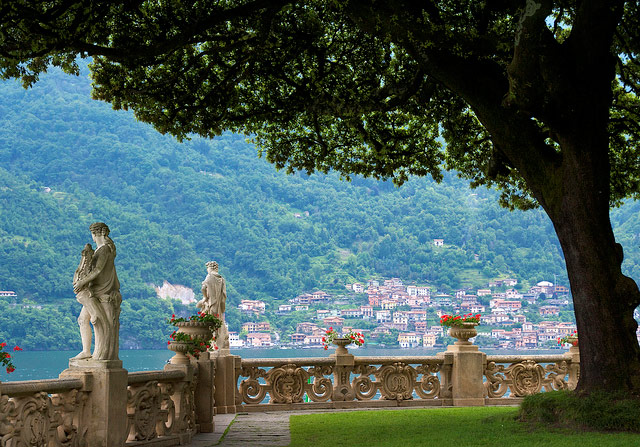
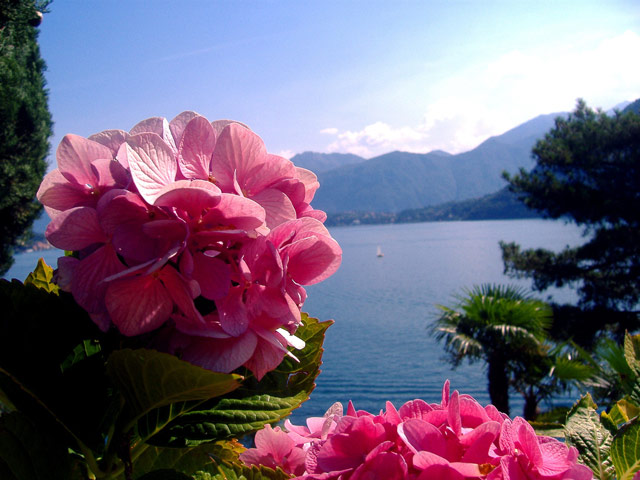
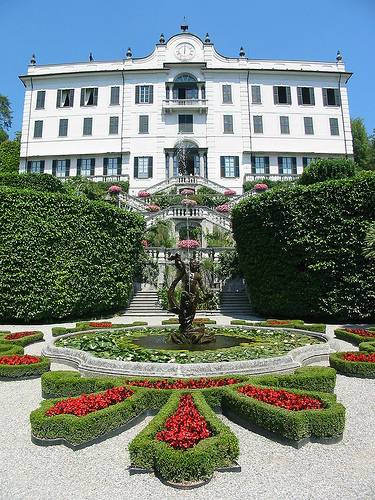
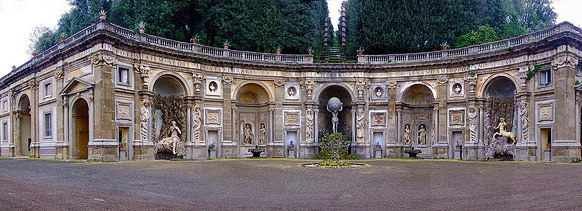

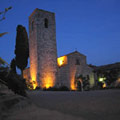
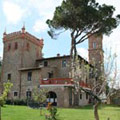

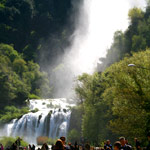
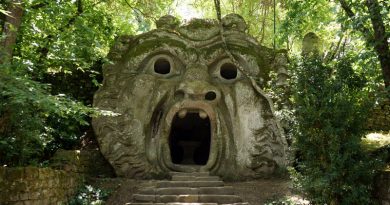
Whilst all these villas are wonderful, in astonishing locations and undoubtedly deserving of being on such a list, I am surprised and disappointed to see that there are no villas from the Veneto included on this list. Veneto’s villas, particularly Palladio’s are the quintessential villas par excellence for which Italy is reknowned.
You’re absolutely right Donatella, Palladio needs to be mentioned. Actually, he deserves an article of its own. We have published this article about one of his greatest masterpieces, the Teatro Olimpico in Vicenza: http://slowitaly.yourguidetoitaly.com/2012/07/teatro-olimpico-palladian-architecture-oldest-enclosed-theater-in-the-world/. Thank you so much for your feedback, as this gives us inspiration for a further article!